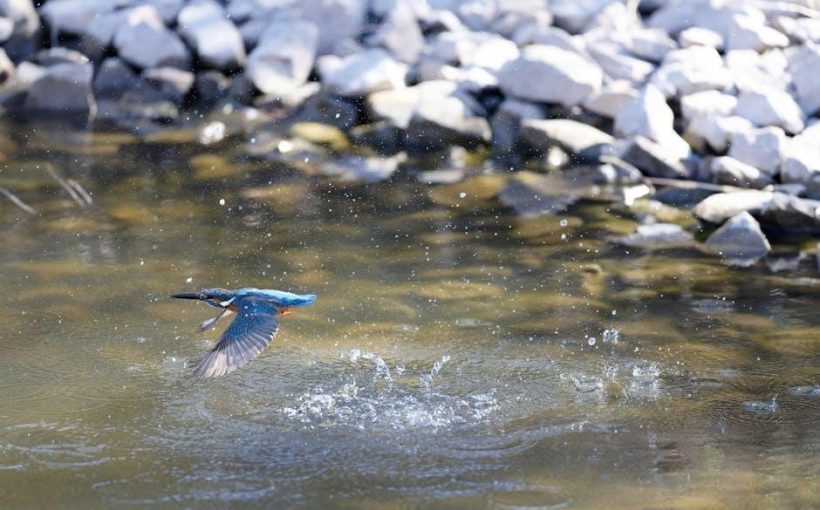How Much to Tip a Fly Fishing Guide: A Comprehensive Guide
Tipping a fly fishing guide is a customary way to express appreciation for their expertise, effort, and hospitality. The standard tip range is typically between 15% to 25% of the total trip cost, reflecting the guide’s skill, friendliness, and overall service quality. For exceptional service, consider tipping on the higher end, while average service may warrant the lower range. Tips should be given per guide, not per client, ensuring fairness and simplicity. Additionally, regional variations may influence the amount, with higher tips expected in affluent areas. Presenting the tip directly to the guide at the end of the trip is ideal, often in cash or an envelope for discretion. Remember, tipping reflects your satisfaction and is a key part of the experience.
Welcome to our comprehensive guide on tipping fly fishing guides! If you’re planning a fly fishing trip, understanding the etiquette of tipping is essential to ensuring a positive experience for both you and your guide. Fly fishing guides play a crucial role in making your adventure memorable, offering expertise, local knowledge, and hands-on assistance. Their dedication to helping you catch fish, navigate the water, and enjoy the outdoors is unparalleled, making a tip not only appreciated but also well-deserved.
Tipping customs vary across industries, and fly fishing is no exception. Unlike restaurant servers or hairdressers, fly fishing guides often work in remote locations, providing a personalized service that requires skill, patience, and physical effort. A good guide can transform your fishing experience, teaching you techniques, selecting the right flies, and ensuring your safety on the water. Their contributions go far beyond just pointing you to the best fishing spots; they are educators, mentors, and ambassadors of the sport.
For many anglers, especially those new to fly fishing, the question of how much to tip can be daunting. Should you base the tip on the trip’s cost, the number of fish caught, or the guide’s overall performance? How do regional differences in tipping customs affect your decision? These are valid concerns, and having clear guidelines can help you navigate the situation with confidence. By understanding the standard practices and factors influencing tip amounts, you can ensure that your gratitude is expressed appropriately.
This guide is designed to provide you with the insights you need to tip your fly fishing guide fairly and thoughtfully. Whether you’re fishing in a renowned destination like Montana or exploring lesser-known waters, the principles of tipping remain consistent. In the following sections, we’ll delve into the standard tipping ranges, the factors that influence tip amounts, and how to present your tip in a considerate manner. By the end of this guide, you’ll be well-equipped to show your appreciation for the hard work and dedication of your fly fishing guide.
Understanding the Standard Tipping Range
When it comes to tipping a fly fishing guide, understanding the standard range is crucial to ensure you express your gratitude appropriately. Typically, the recommended tip for a fly fishing guide falls between 10% to 20% of the total trip cost. This range accounts for the guide’s expertise, effort, and the overall quality of service provided during your fishing adventure.
The tipping range is usually calculated based on the total cost of the trip, not per person. For example, if your guided fishing trip costs $500, a 10% tip would be $50, while a 20% tip would be $100. This means that if you’re fishing with a friend, you don’t need to tip per person; instead, the tip is based on the total cost of the trip. This approach ensures fairness and simplicity for both you and your guide.
It’s important to note that the tip should reflect the quality of service you received. If your guide was exceptionally knowledgeable, friendly, and went above and beyond to ensure a successful and enjoyable trip, you may want to consider tipping on the higher end of the range. Conversely, if the service was average or you felt that the guide could have done more to enhance your experience, you might opt for a lower tip within the standard range.
Additionally, some guides may provide extra amenities such as equipment, flies, or even meals, which should be taken into account when determining your tip. These added services often require extra effort and resources from the guide, and acknowledging them with a slightly higher tip can be a thoughtful way to show your appreciation.
Factors Influencing Tip Amount
When determining how much to tip a fly fishing guide, several factors come into play that can influence the final amount. These factors ensure that the tip is fair, reflective of the service received, and considerate of the guide’s efforts and the overall experience.
Guide’s Expertise and Skill Level
- The guide’s knowledge of the water, ability to locate fish, and teaching skills significantly impact the tipping amount. A guide who consistently puts you on fish and provides valuable instruction deserves a higher tip.
- If the guide demonstrates exceptional skill, such as handling challenging conditions or offering expert advice, it’s appropriate to tip on the higher end of the range.
Quality of Service and Attitude
- The guide’s friendliness, patience, and willingness to go the extra mile are critical factors. A positive attitude and a commitment to ensuring your enjoyment can justify a larger tip.
- Conversely, if the guide seems disengaged or uninterested, you may adjust the tip downward, though it’s important to remain fair and considerate of their efforts.
Trip Duration and Complexity
- Longer trips or those in remote locations often require more effort from the guide, including planning, equipment preparation, and physical exertion. These factors may warrant a slightly higher tip.
- Multi-day trips or specialized excursions, such as backcountry fly fishing, may also influence the tip amount due to the increased time and resources involved.
Regional Tipping Customs
- Tipping norms can vary by region. For example, in areas with a higher cost of living or where fly fishing is a premium service, tips may be expected to be on the higher side.
- Researching local tipping customs before your trip can help you align your tip with regional expectations.
Client Expectations and Satisfaction
- Your personal satisfaction with the trip plays a significant role in determining the tip. If the guide met or exceeded your expectations, a generous tip is a great way to show appreciation.
- Consider whether the guide helped you achieve your goals, such as catching a specific species or improving your fly fishing technique.
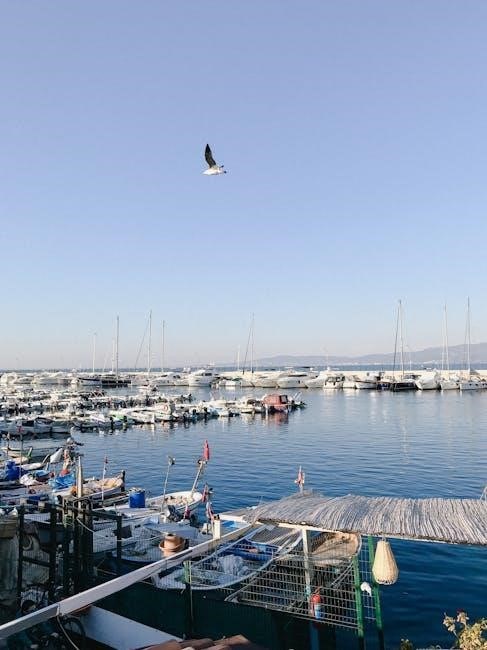
Regional Tipping Variations
When planning a fly fishing trip, it’s important to consider regional tipping variations, as they can significantly influence how much you should tip your guide. Tipping customs differ across locations due to factors such as local economies, cost of living, and cultural norms. Understanding these variations ensures that your tip is appropriate and appreciated.
United States
- In the U.S., tipping ranges typically fall between 15% to 25% of the trip cost. For example, in states like Montana, Wyoming, and Alaska, where fly fishing is popular, a tip of 20% is considered standard for excellent service.
- Some regions, such as Hawaii and Florida, may see slightly higher tips due to the higher cost of living and the premium nature of guided fishing trips.
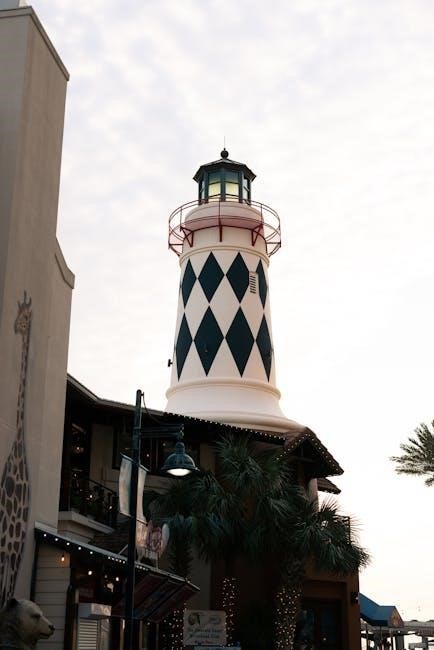
International Destinations
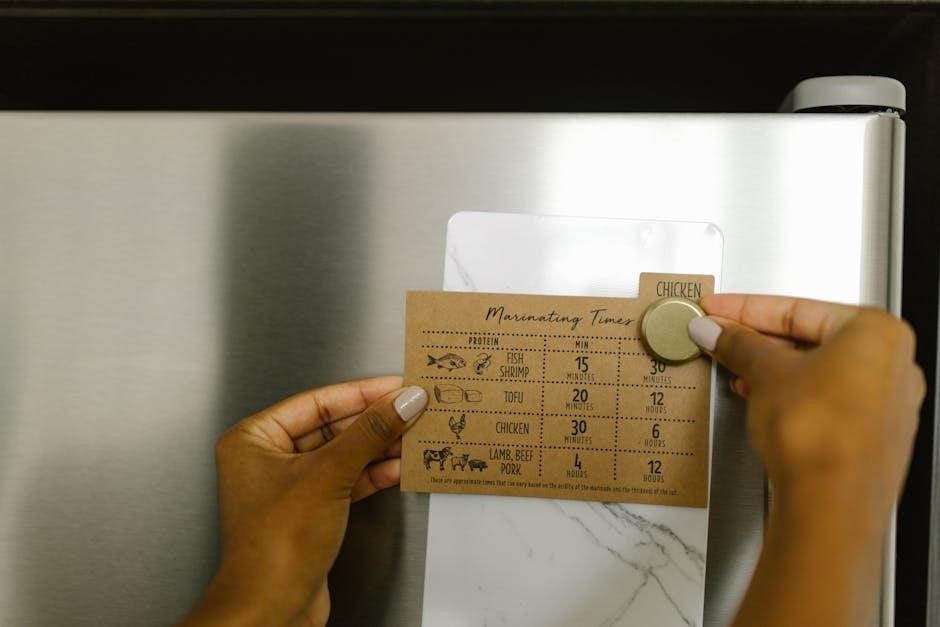
- When fishing in countries like Mexico, Costa Rica, or Belize, tipping customs may differ. In these locations, a tip of $50 to $100 per day is often expected, depending on the guide’s performance and the quality of the experience.
- In Central or South America, a 50 to 100 tip per day is appropriate, reflecting the local standards and the guide’s reliance on tips as part of their income.
- In more affluent international destinations, such as luxury fly fishing lodges in countries like New Zealand or Iceland, tips may align more closely with U.S. standards, ranging from 15% to 25% of the trip cost.
Local Economies and Guide Income
- In areas where tourism is a significant part of the economy, guides may depend heavily on tips to supplement their income. In such cases, tipping generously is not only appreciated but also essential for their livelihood.
- Conversely, in regions with higher living costs, guides may expect larger tips to offset their expenses, ensuring that their services remain sustainable.
Research and Preparation
- Before your trip, research the tipping customs of your destination to avoid under-tipping or over-tipping. Guides and outfitters often provide guidelines, which can be found on their websites or by contacting them directly.
- Understanding local tipping norms demonstrates respect for the guide’s work and the local culture, enhancing your overall experience.
Presenting the Tip
Presenting the tip to your fly fishing guide is a thoughtful way to express gratitude for their expertise and efforts during your trip. Here’s how to do it respectfully and effectively:
Determine the Amount
- Base your tip on the guide’s performance and the quality of service. For average service, consider tipping around 15% of the trip cost. For exceptional service, aim for 20% to 25%.
- In some regions, such as Central or South America, a flat rate of $50 to $100 per day is appropriate, depending on the guide’s diligence and the trip’s success.
Choose the Right Method
- Cash is the preferred method, as it ensures the guide receives the full amount immediately. If you prefer to use a credit card, confirm with the guide or outfitter beforehand.
- Place the tip in an envelope or hand it directly to the guide at the end of the trip, expressing your appreciation verbally.
Timing and Etiquette
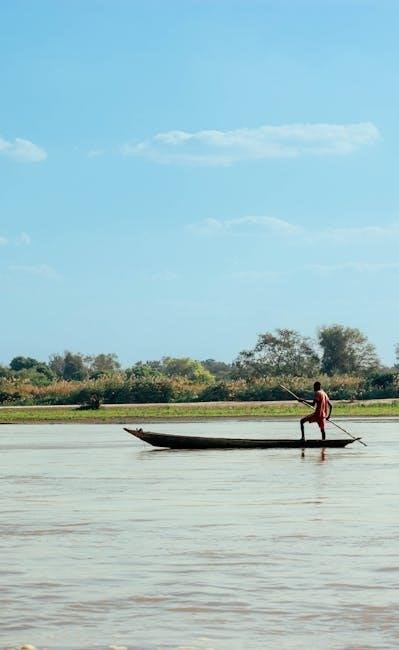
- Present the tip at the end of the trip, after the guide has completed their services. This allows you to reflect on the entire experience and show sincere gratitude.
- Be respectful and considerate when handing over the tip. A simple statement like, “Thank you for an amazing day on the water,” can accompany your gesture.
Additional Ways to Show Appreciation
- Write a thank-you note or leave a positive review online. Many guides value feedback and use it to improve their services.
- If you’re part of a group trip, ensure the tip is pooled fairly and presented collectively, as tips should be per guide, not per client.
Be Prepared
- Plan ahead by having the tip ready before the trip concludes. This avoids last-minute scrambling and ensures a smooth conclusion to your experience.
- Consider any additional expenses the guide may have covered, such as flies, tackle, or meals, when determining the tip amount.
Assessing Service Quality
Assessing the service quality of your fly fishing guide is essential to determining an appropriate tip. A guide’s expertise, attitude, and dedication significantly impact your experience, and tipping should reflect their performance. Here’s how to evaluate their service:

Expertise and Knowledge
- A skilled guide demonstrates extensive knowledge of the water, fish behavior, and effective techniques. They should be able to adapt strategies based on conditions and your skill level.
- Pay attention to how they explain concepts, set up equipment, and help you improve your casting or fly selection. A guide who takes the time to educate and enhance your skills deserves a higher tip.
Work Ethic and Attitude
- A guide’s willingness to go the extra mile is a key indicator of quality. This includes arriving early, being prepared with gear, and maintaining a positive attitude, even during challenging conditions.
- Friendliness, patience, and enthusiasm are crucial. A guide who remains encouraging, even when the fishing is slow, contributes to a more enjoyable experience.
Problem-Solving and Adaptability
- A great guide thinks on their feet, adjusting plans to match changing weather, water levels, or fish activity. Their ability to troubleshoot issues, like lost gear or tangled lines, is a sign of professionalism.
- If they proactively address challenges and keep the trip moving smoothly, it reflects their commitment to ensuring your satisfaction.
Overall Experience
- Consider how well the guide balanced instruction, conversation, and giving you space to fish independently. A guide who strikes the right balance enhances your overall enjoyment.
- Reflect on whether the trip exceeded your expectations. Did they help you catch fish, learn new techniques, or simply enjoy the outdoors? These factors should influence your tipping decision.
Final Evaluation
- If the guide provided exceptional service, demonstrated outstanding skill, and ensured a memorable experience, consider tipping on the higher end of the scale (20% to 25%).
- For average service, where the guide met expectations but lacked standout qualities, a tip of 15% is appropriate.
- If you were dissatisfied, you may adjust the tip downward, but always aim to be fair and respectful of their effort.
By carefully assessing these factors, you can determine a tip that fairly reflects the quality of service your guide provided. This approach ensures your gratuity is meaningful and well-deserved.
Calculating the Tip
Calculating the tip for a fly fishing guide is straightforward once you understand the standard practices and percentages. Tips are typically based on the total cost of the trip and the quality of service provided. Here’s how to approach it:
Determine the Total Trip Cost
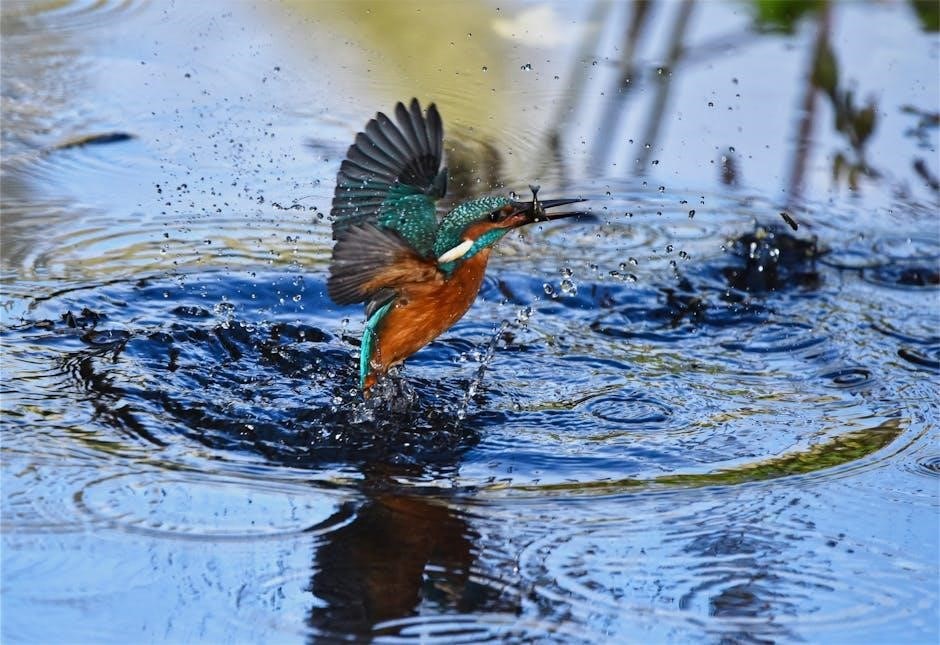
- Start by identifying the total cost of your fly fishing excursion. This includes the guide’s fee, equipment rentals, and any additional services provided (e.g;, lunch, transportation).
- For example, if the guided trip costs $500 for a full day, this will be your baseline for calculating the tip.
Apply the Standard Tip Range
- The standard tipping range for fly fishing guides is between 15% and 25% of the total trip cost. This range reflects the guide’s expertise, effort, and the overall quality of service.
- Using the $500 example, a 15% tip would be $75 (0.15 * 500), while a 25% tip would be $125 (0.25 * 500). Adjust the percentage based on your satisfaction with the guide’s performance.
Consider Regional Variations
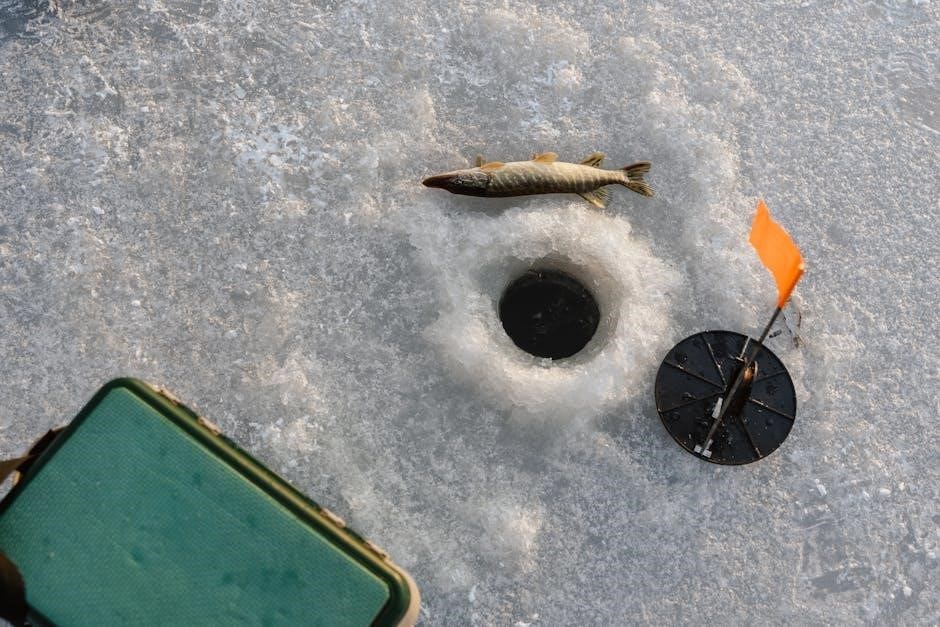
- Tipping norms may vary depending on the location. In areas with higher costs of living, such as Alaska or Hawaii, tips on the higher end of the range (20%-25%) are more common.
- In contrast, in regions with lower costs of living, such as parts of Central or South America, a tip of 15%-20% may be more typical.
Adjust for Service Quality
- If your guide provided exceptional service—such as sharing extensive knowledge, ensuring a successful catch, or going above and beyond to enhance your experience—consider tipping on the higher end of the range.
- For average service, where the guide met expectations but did not exceed them, a tip closer to 15% is appropriate.
- If you were dissatisfied with the service, you may choose to tip on the lower end of the range or provide feedback directly to the guide or outfitter.
Presenting the Tip
- Once you’ve calculated the tip, present it to the guide at the end of the trip. Cash is the preferred method, as it ensures the guide receives the full amount immediately.
- Consider placing the tip in an envelope or handing it directly to the guide as a gesture of appreciation.
Additional Costs to Consider
- Some guides may incur additional expenses, such as purchasing flies, leaders, or other gear specifically for your trip. These costs are typically included in the guide’s fee, but they can be factored into your tipping decision.
By following these steps, you can calculate a fair and meaningful tip for your fly fishing guide, ensuring they feel appreciated for their hard work and dedication. Remember, tipping is a way to express gratitude for an unforgettable experience on the water.
Handling Group Trips
When it comes to tipping for group fly fishing trips, the process involves coordination and clear communication among all participants to ensure fairness and appropriateness. Here’s a structured approach to managing tips for group outings:
Determine the Total Tip Amount
- First, establish the total tip amount based on the standard tipping range of 15% to 25% of the total trip cost. For example, if the trip costs $500, the tip would range from $75 to $125.
- Consider the service quality provided by the guide. If the service was exceptional, aim for the higher end of the range; for average service, stay closer to the lower end.
Split the Tip Among Group Members
- Once the total tip amount is decided, divide it equally among all group members. For instance, with four participants, each would contribute $18.75 to $31.25 for a $500 trip.
- Discuss and agree upon the tip amount as a group beforehand to ensure everyone is comfortable with the contribution.
Consider Group Size and Service Quality
- Larger groups should still adhere to the 15% to 25% tipping range. For example, a group of eight would each contribute $9.375 to $15.625 for a $500 trip.
- Ensure the total tip reflects the service quality experienced by the entire group, regardless of the number of participants.
Tip per Guide or Mate
- If multiple guides or mates are assisting the group, consider tipping each individually based on their involvement and contribution to the experience.
- Clear communication with the group ensures that each guide receives a fair share of the tip.
Regional Tipping Norms
- Research local tipping customs if traveling to a different region, as expectations may vary. Some areas may expect higher tips than others;
- Adjust the tip amount accordingly to align with regional standards.
Presenting the Tip
- Decide as a group whether to present the tip collectively or individually. A collective tip is often less confusing for the guide.
- Ensure the tip is given at the end of the trip, preferably in cash or via an agreed-upon method.
Inclusions in the Total Cost
- Determine if the tip should cover additional services like equipment rental or meals. Typically, tips are based on the total cost of services provided.
- Clarify with the guide or outfitter what is included in the total cost to avoid confusion.
By following these steps, group trips can ensure that tips are fair, reflective of the service quality, and appreciated by the guides. Open communication and agreement among group members are key to a smooth and enjoyable tipping process.
Expressing Appreciation
Expressing appreciation for your fly fishing guide is a meaningful way to acknowledge their hard work, expertise, and dedication to ensuring a memorable experience. While tipping is a standard practice, there are additional ways to show gratitude that can leave a lasting positive impression.
Verbal Appreciation
- A sincere and heartfelt “thank you” can go a long way in expressing your appreciation. Acknowledge specific aspects of their service, such as their patience, knowledge of the water, or ability to teach techniques.
- Compliment their professionalism, friendliness, and willingness to go the extra mile to ensure your success on the water;
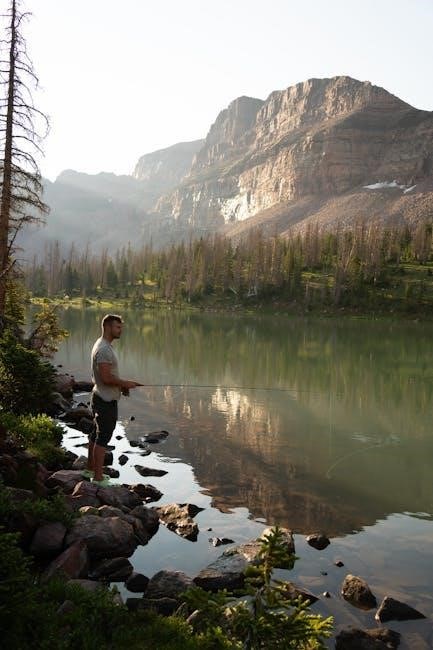
Written Thanks
- Consider writing a thank-you note or email after the trip. This gesture shows that you value their efforts and are willing to take the time to express your gratitude.
- Be specific about what made the experience special, such as their ability to locate fish, provide instruction, or create a welcoming atmosphere.
Online Reviews
- Leaving a positive review on the guide’s website or social media platforms is a powerful way to express appreciation. Many guides rely on reviews to attract future clients.
- Highlight their strengths, such as their knowledge of the fishery, teaching skills, or ability to adapt to changing conditions.
- Mention how they contributed to your enjoyment of the trip, whether it was through their expertise, enthusiasm, or willingness to go above and beyond.
Referrals
- Referring friends, family, or colleagues to your guide is another meaningful way to express appreciation. Word-of-mouth recommendations are invaluable to guides.
- Share your positive experience with others, emphasizing the guide’s professionalism, skill, and commitment to ensuring a successful trip.
Small Gifts
- While not expected, small gifts can be a thoughtful way to express appreciation. For example, you might consider a bottle of wine, a book on fly fishing, or a gift card to a local tackle shop.
- Choose something personal and relevant to their interests or profession, as it demonstrates that you paid attention to their passions and expertise.
Combined Gestures
- Combine verbal appreciation with a written note or review for a more comprehensive expression of gratitude.
- Offer to share photos from the trip, especially if they feature the guide or memorable moments from the day.
- Express your hope to work with them again in the future, as this signals your satisfaction and desire to repeat the experience.
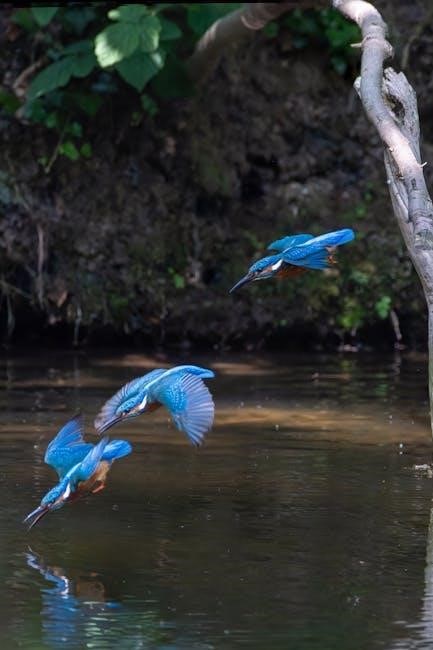
Tipping a fly fishing guide is a thoughtful and customary way to express gratitude for their expertise, effort, and dedication to ensuring a memorable and successful fishing experience. While there is no strict rule governing the exact amount to tip, the general consensus is that tipping between 15% to 25% of the total trip cost is standard. This range allows you to adjust based on the quality of service, the guide’s professionalism, and the overall satisfaction you derive from the trip.
Factors such as the guide’s skill level, willingness to teach, and ability to adapt to challenging conditions should influence your decision. Additionally, regional variations may affect tipping norms, with some areas expecting higher gratuity due to local customs or economic conditions. It is also important to present the tip thoughtfully, either in cash or via a discreet envelope, to ensure the guide feels appreciated for their hard work.
Remember, tipping is not just about the monetary value but also about acknowledging the guide’s role in making your fly fishing experience enjoyable. Whether you are a novice angler or a seasoned enthusiast, showing gratitude through a fair and thoughtful tip is a meaningful way to recognize the effort and expertise your guide brings to the water.
